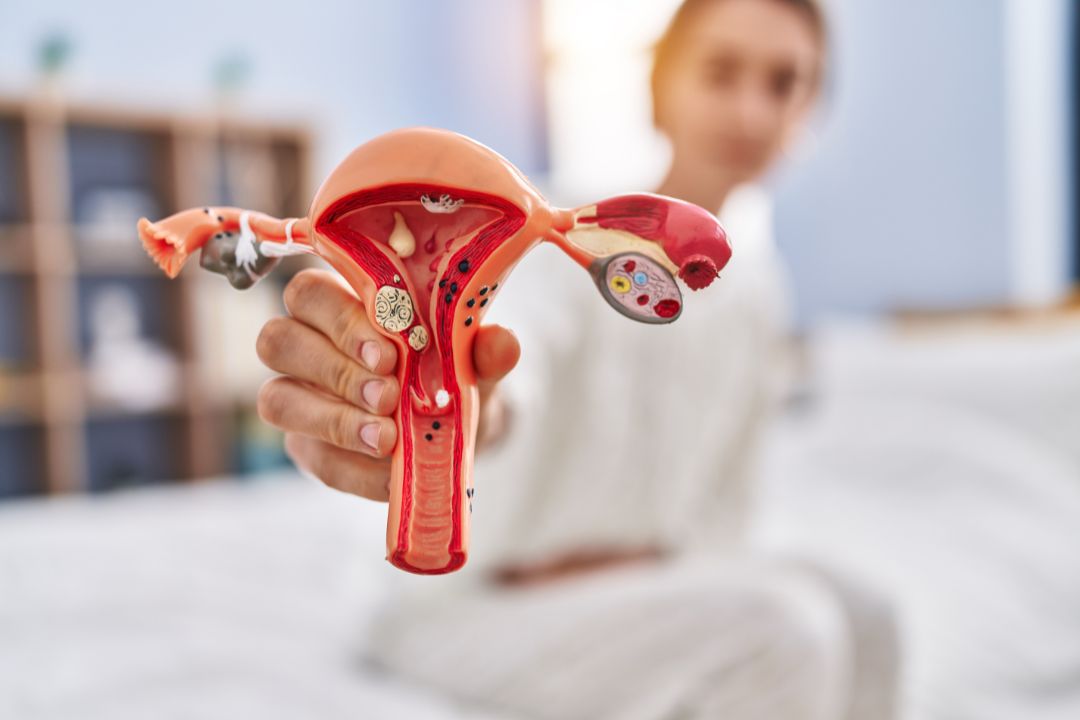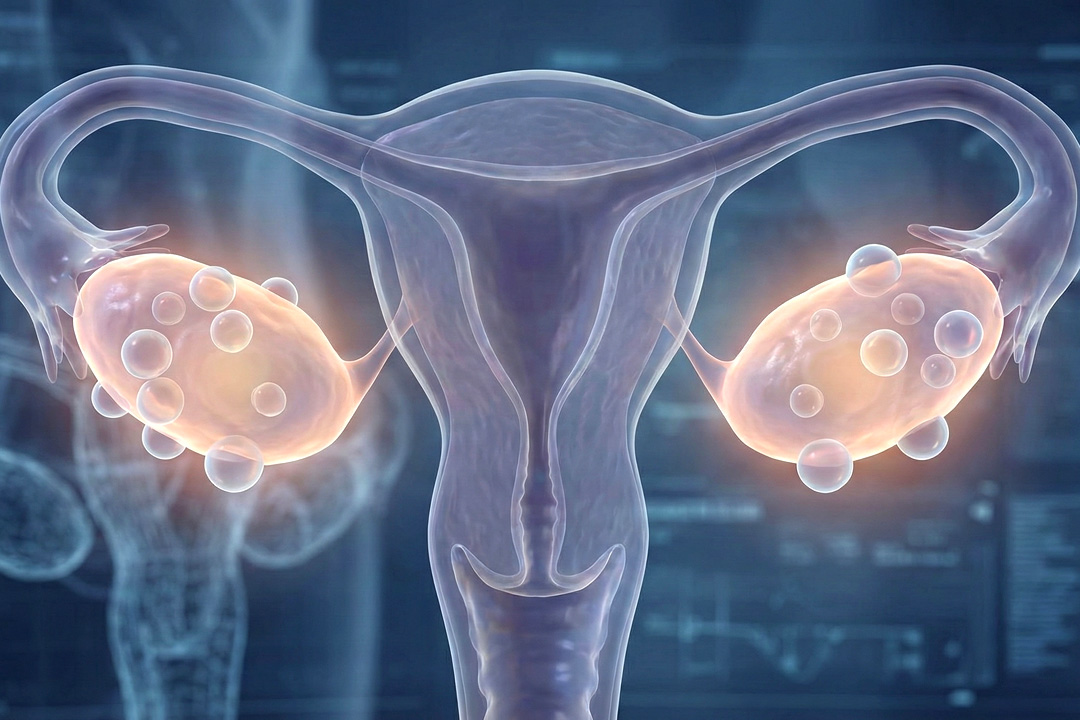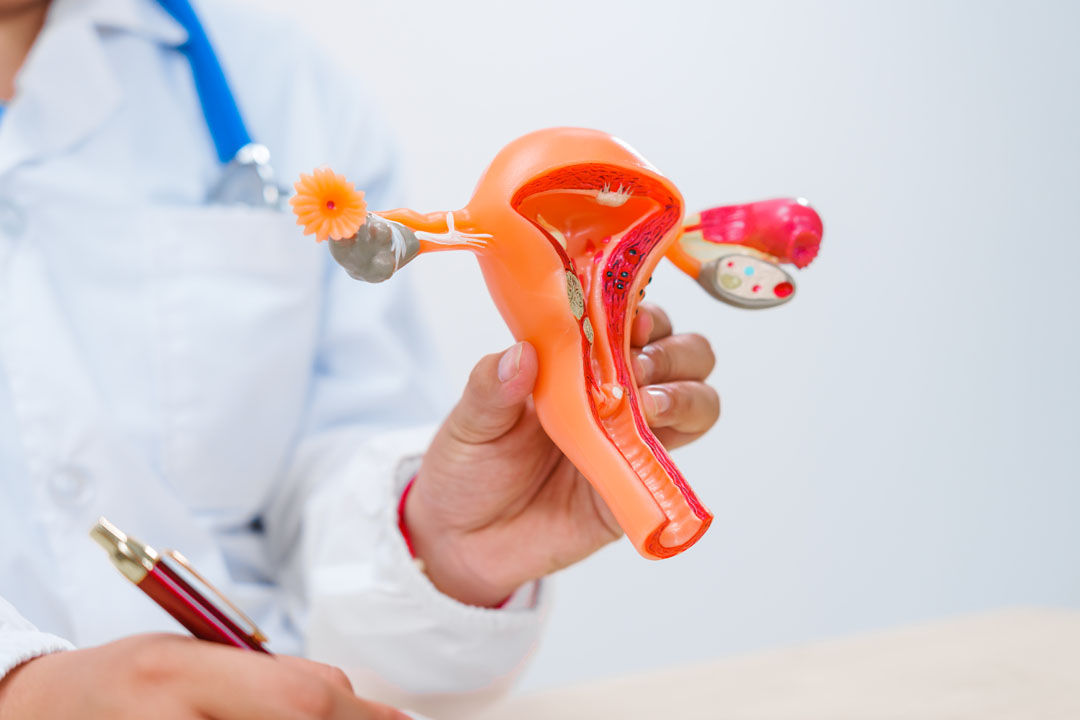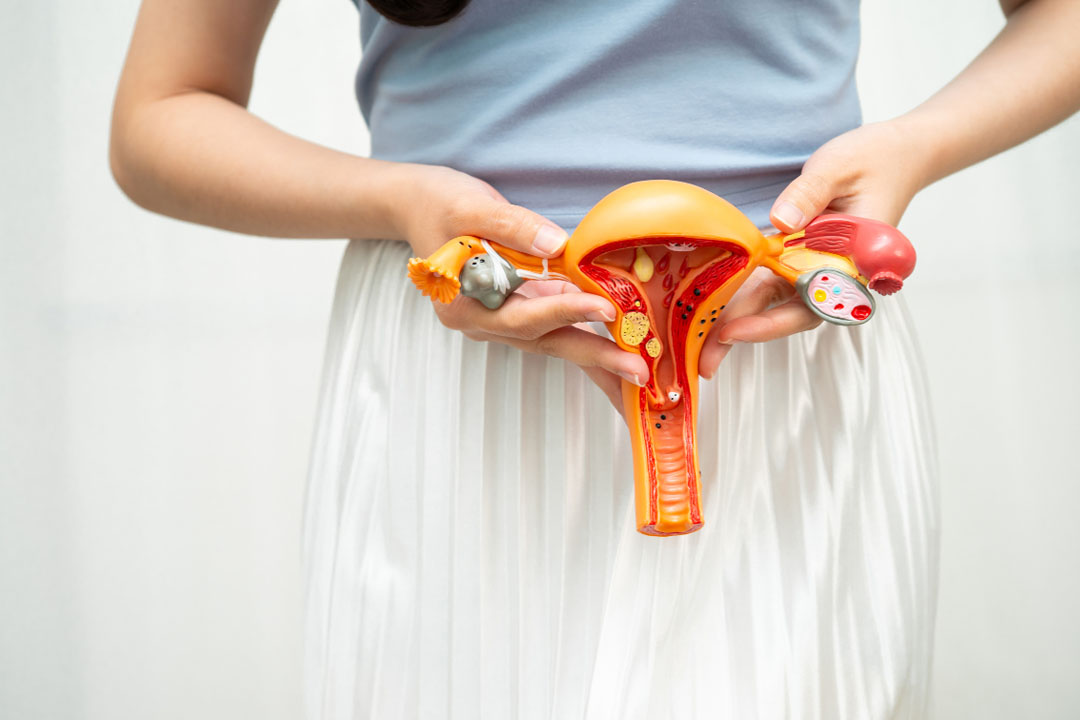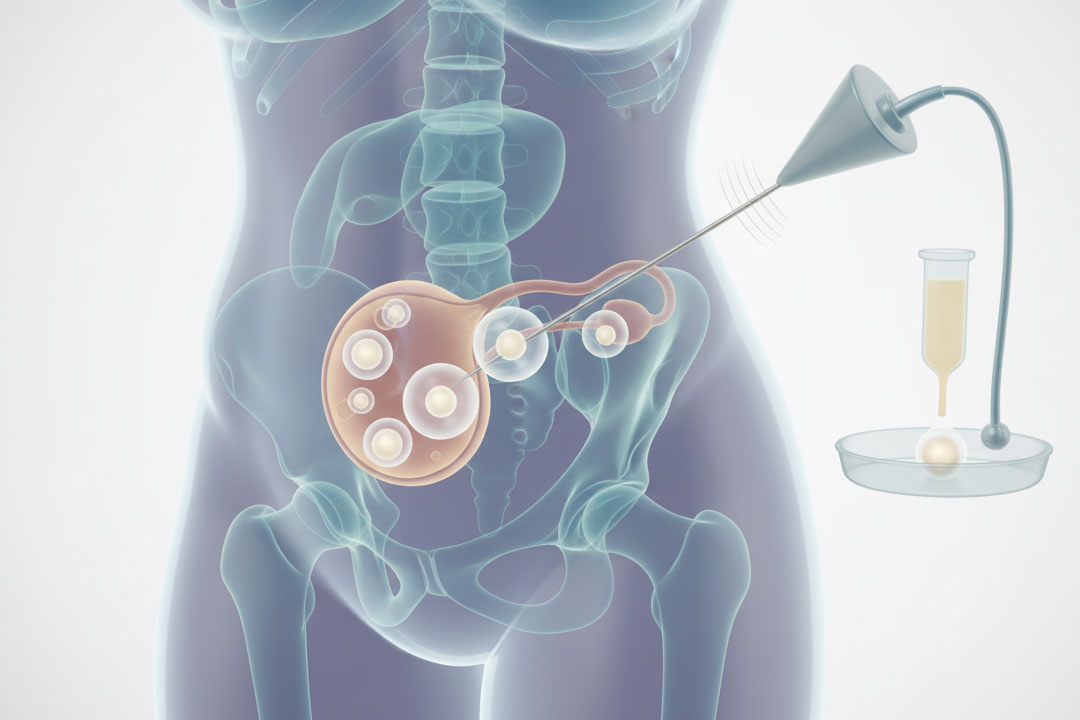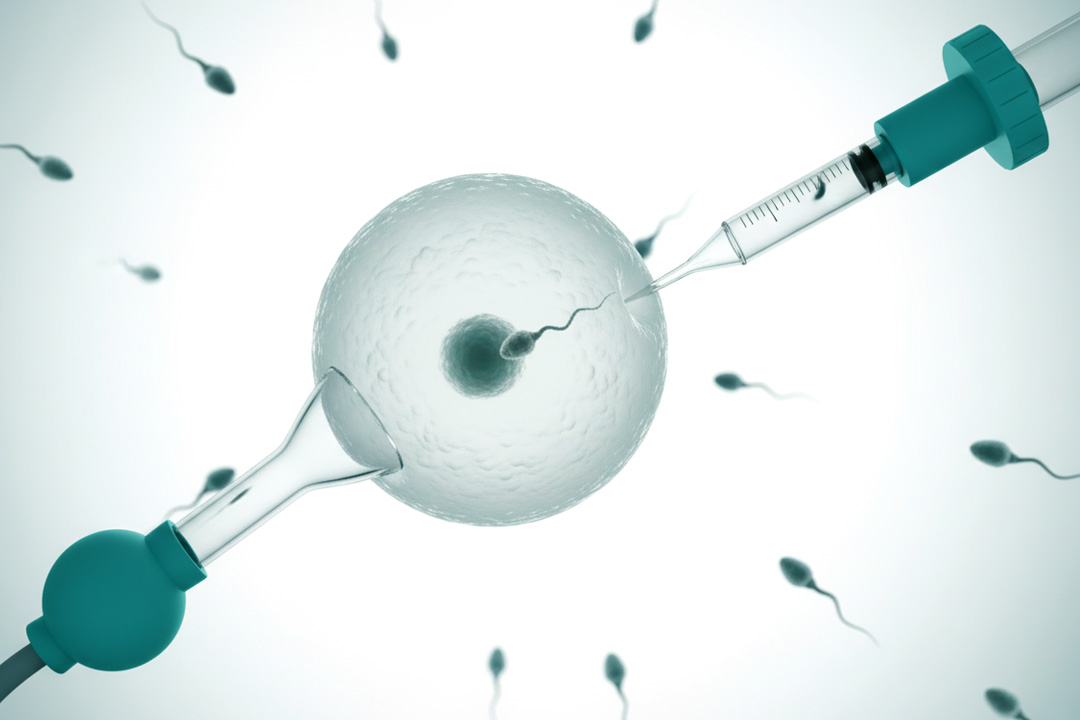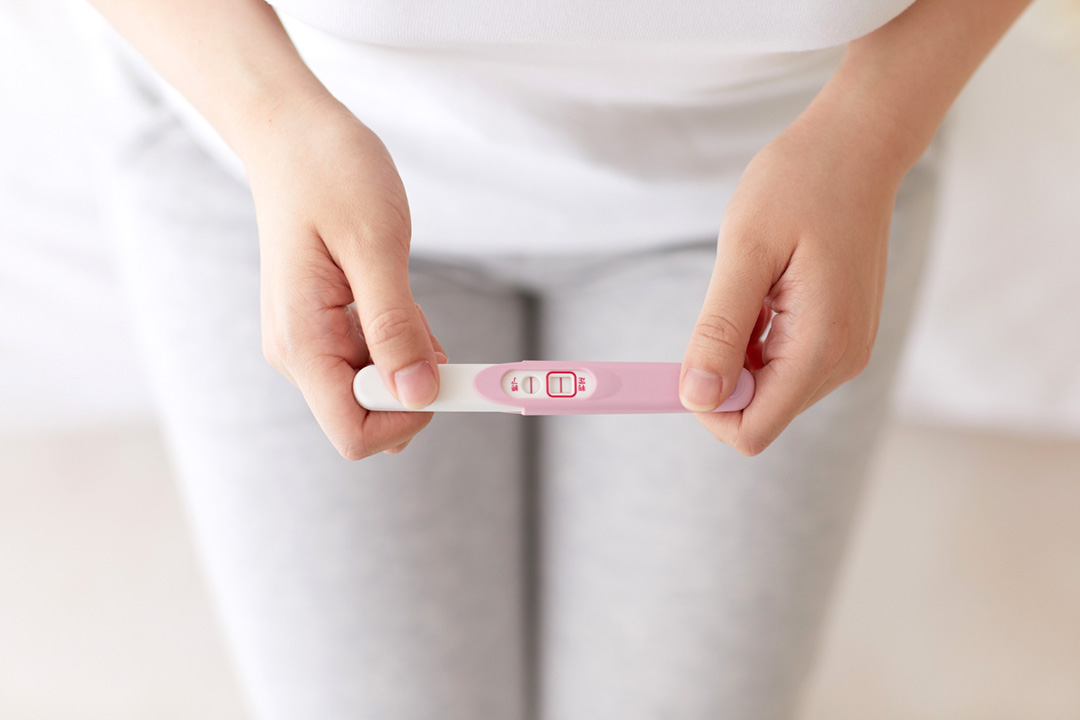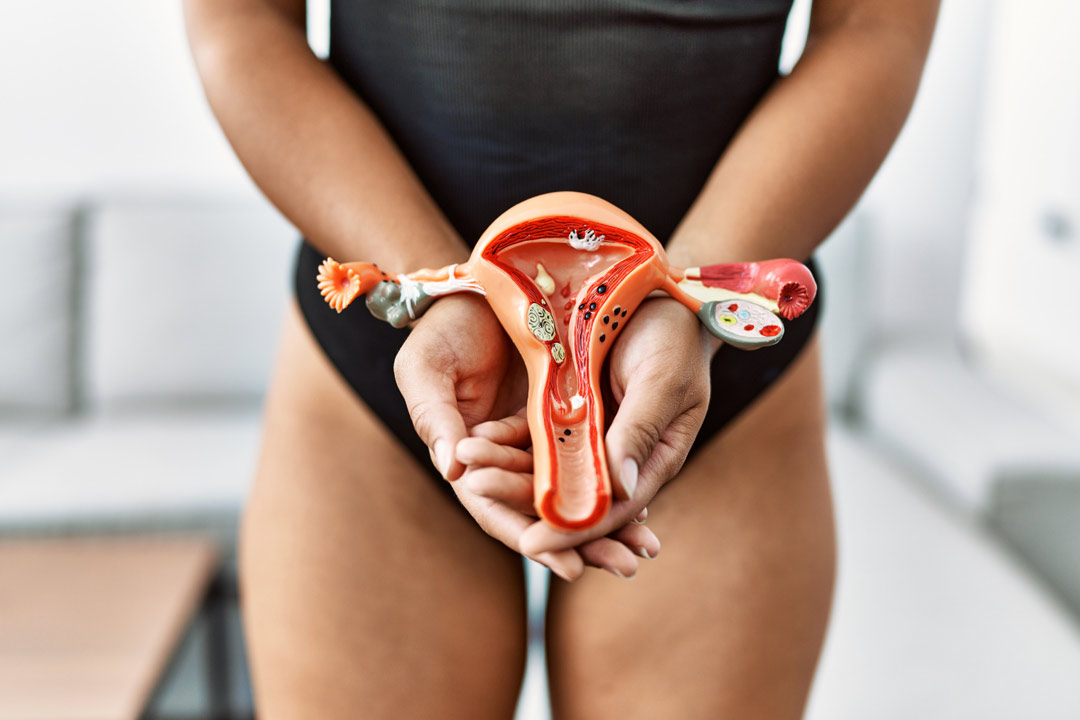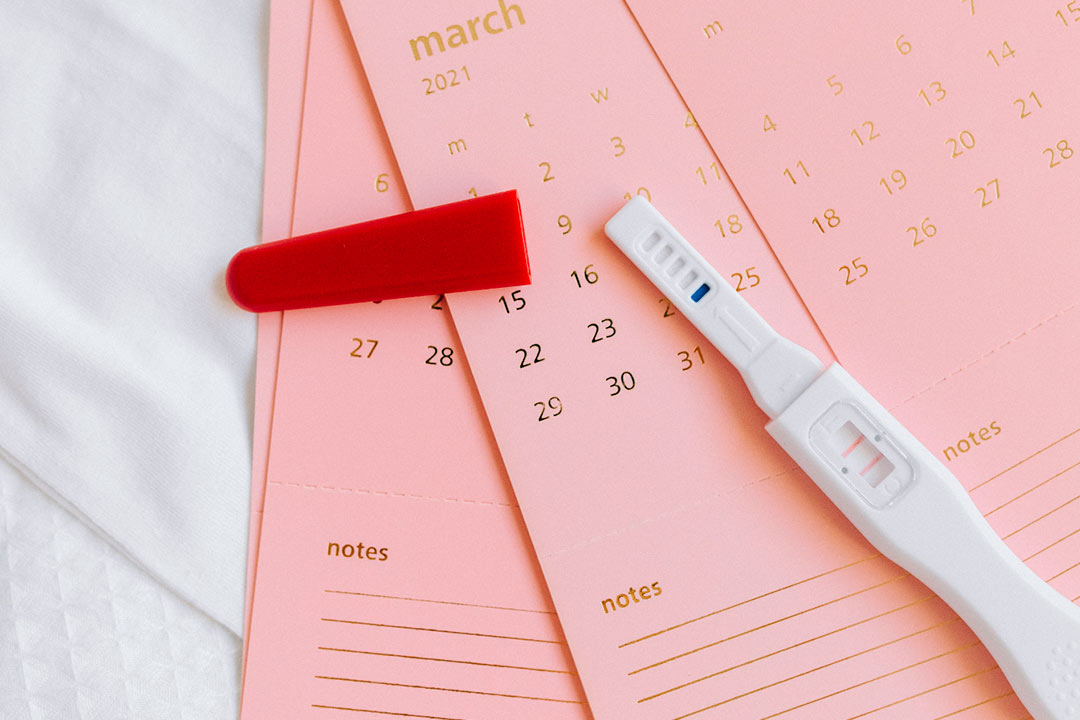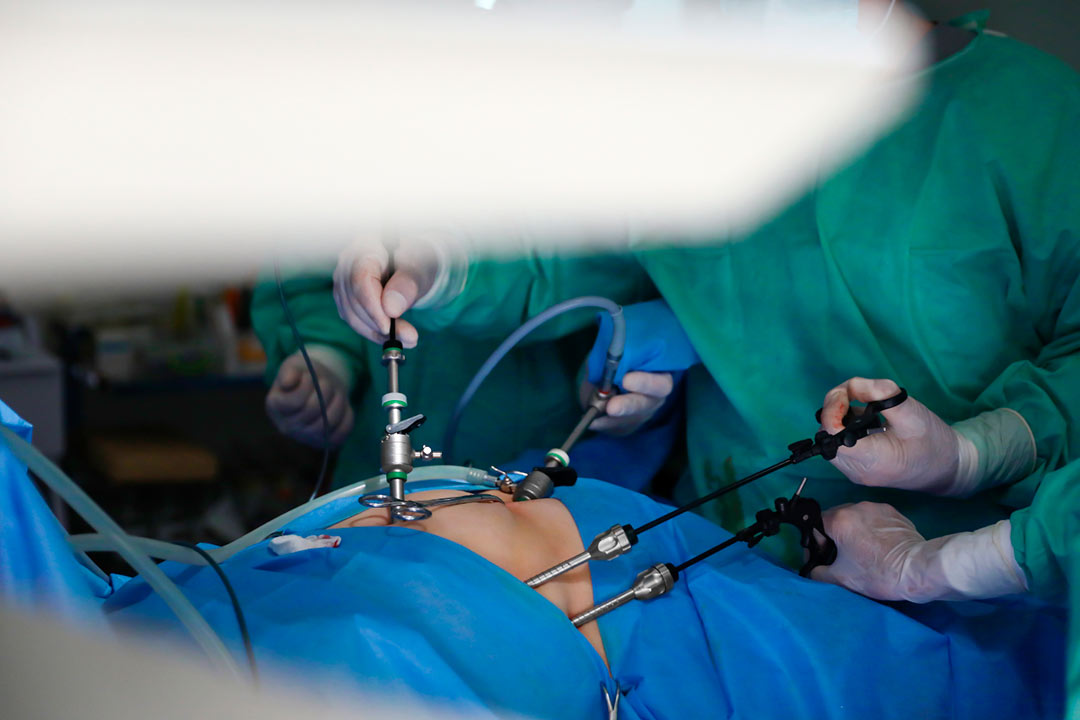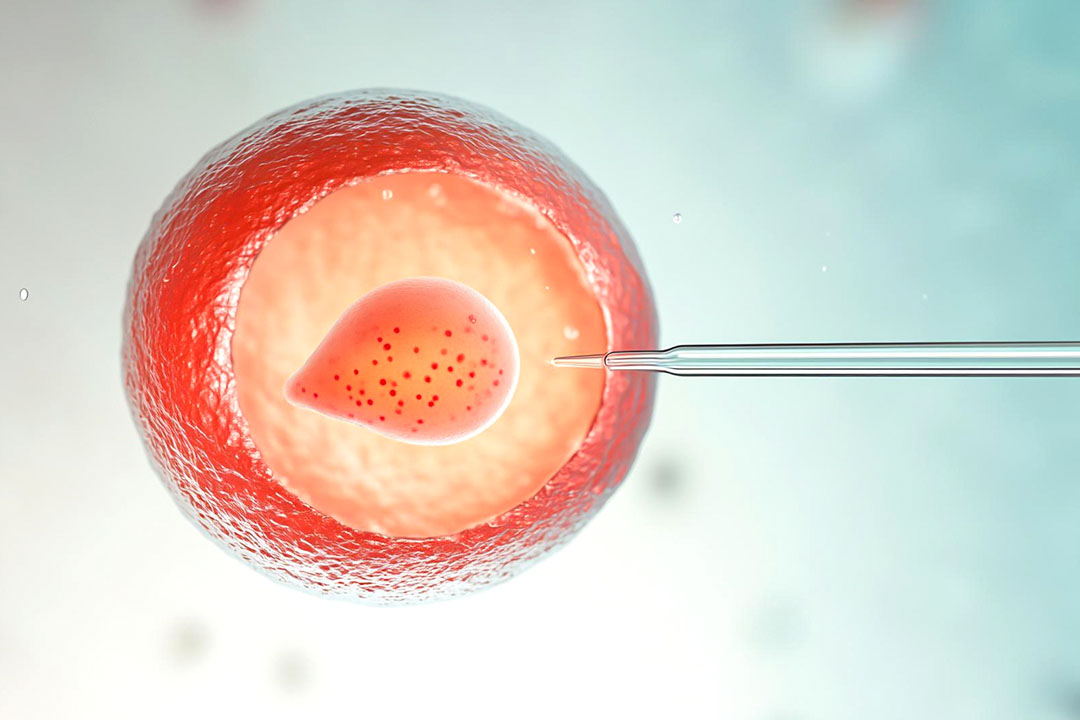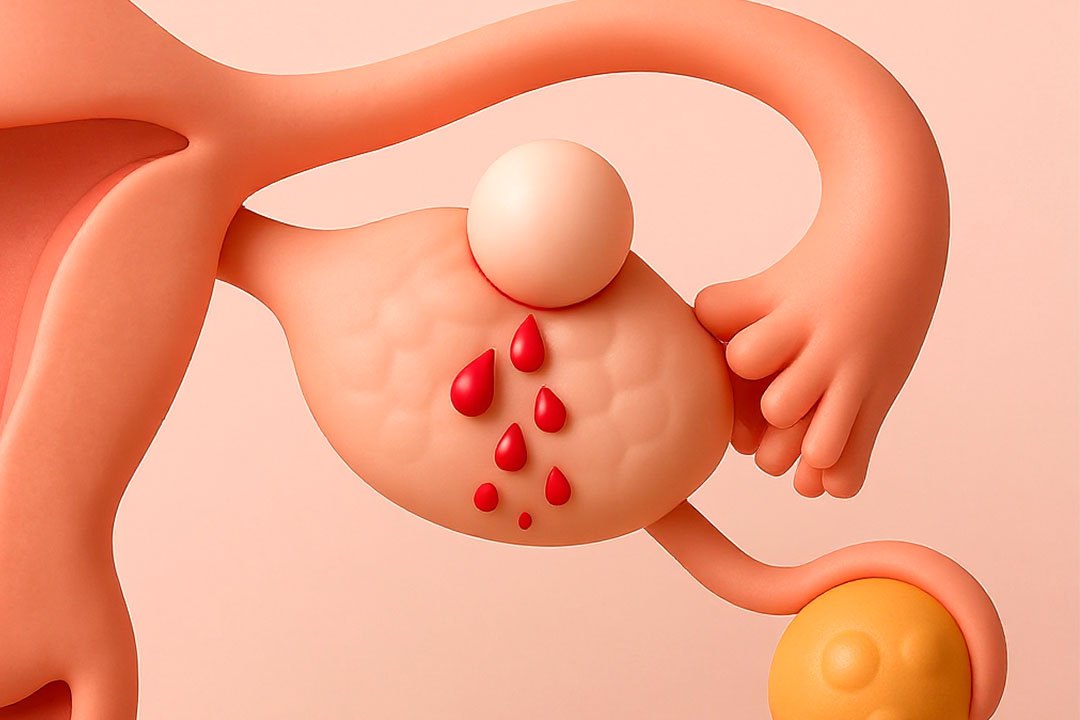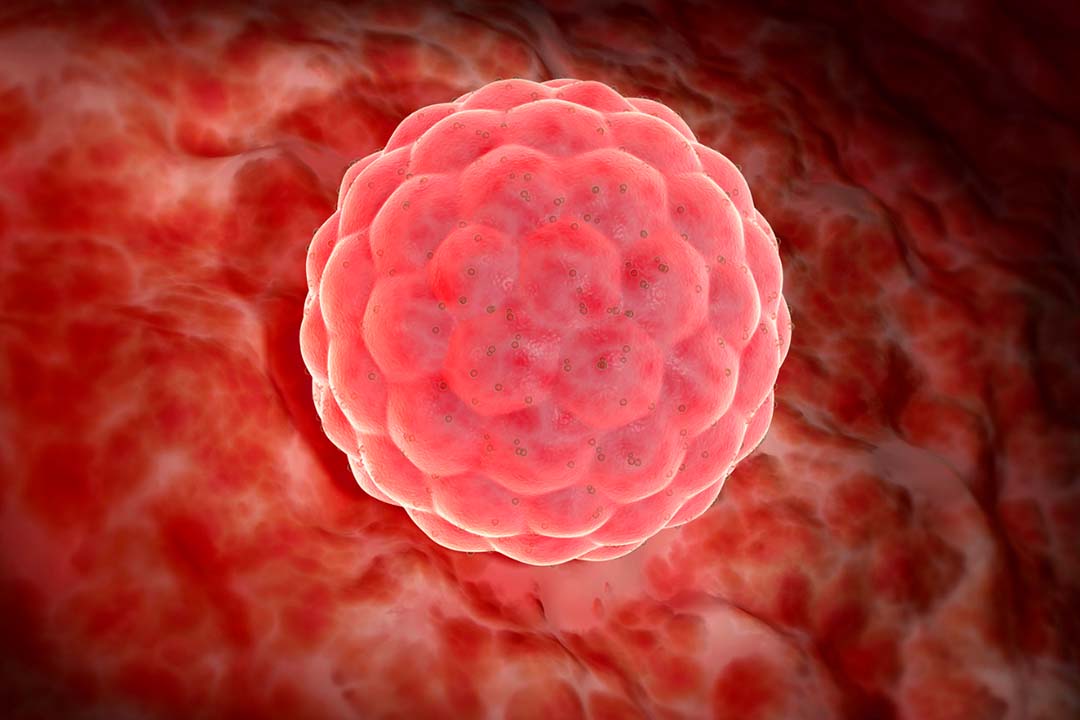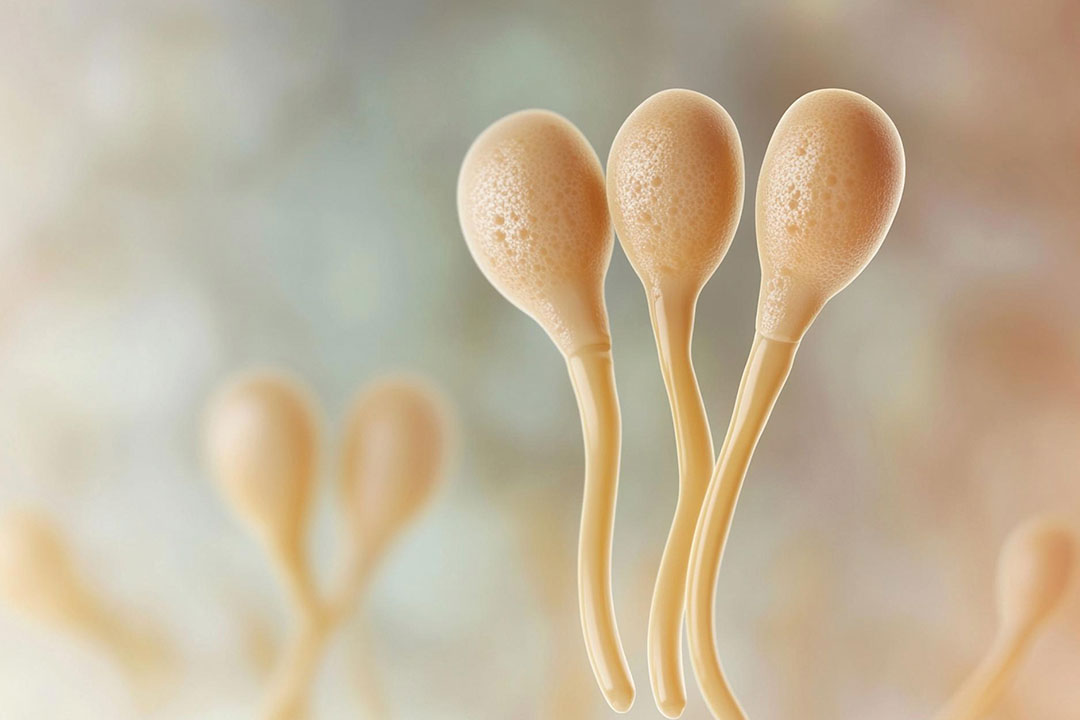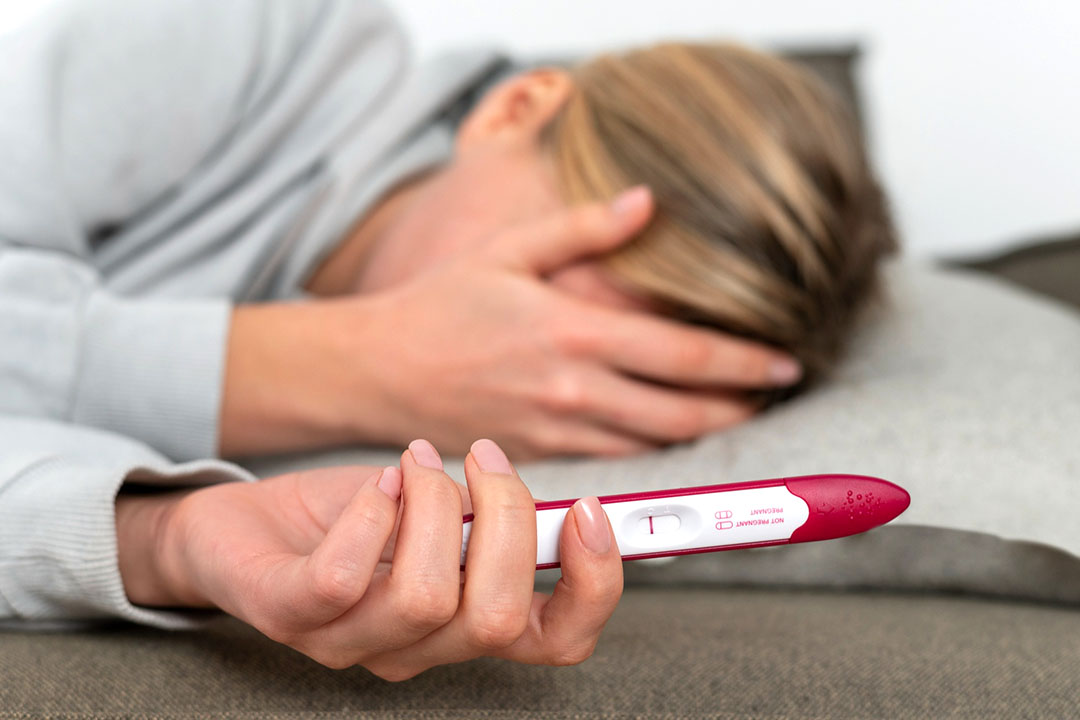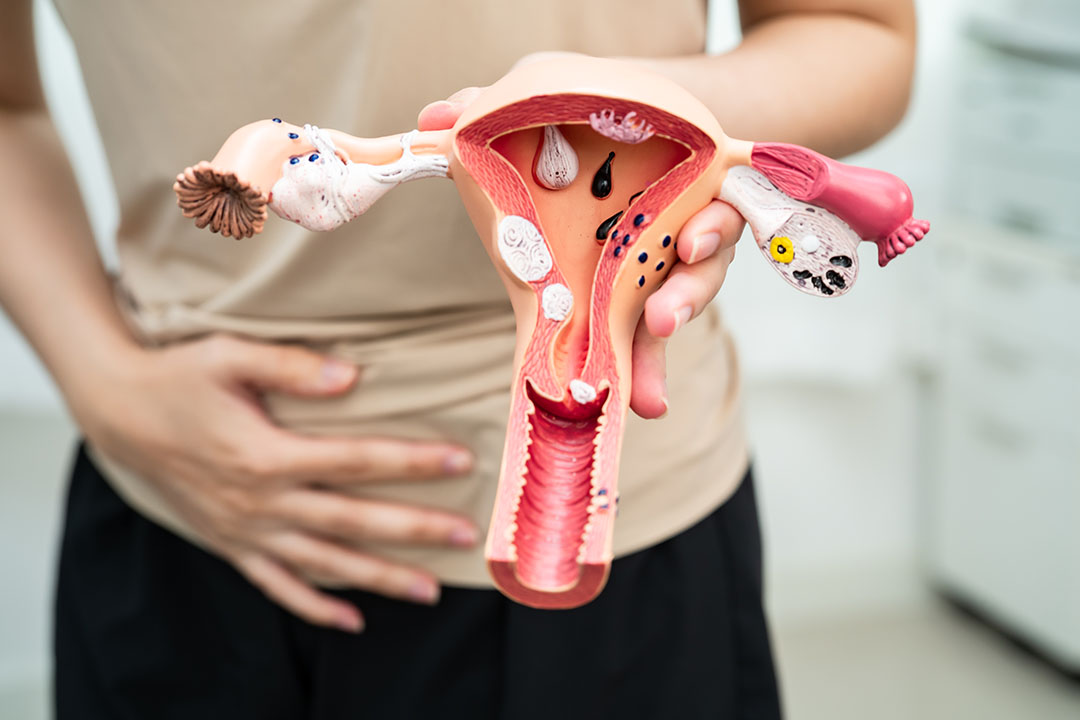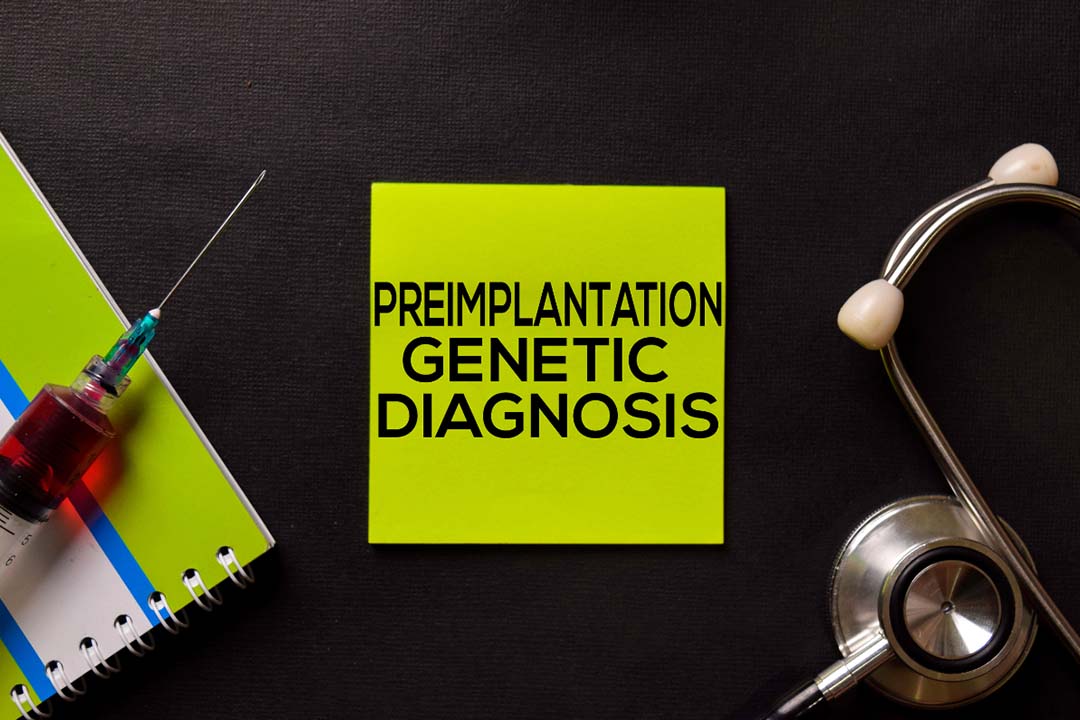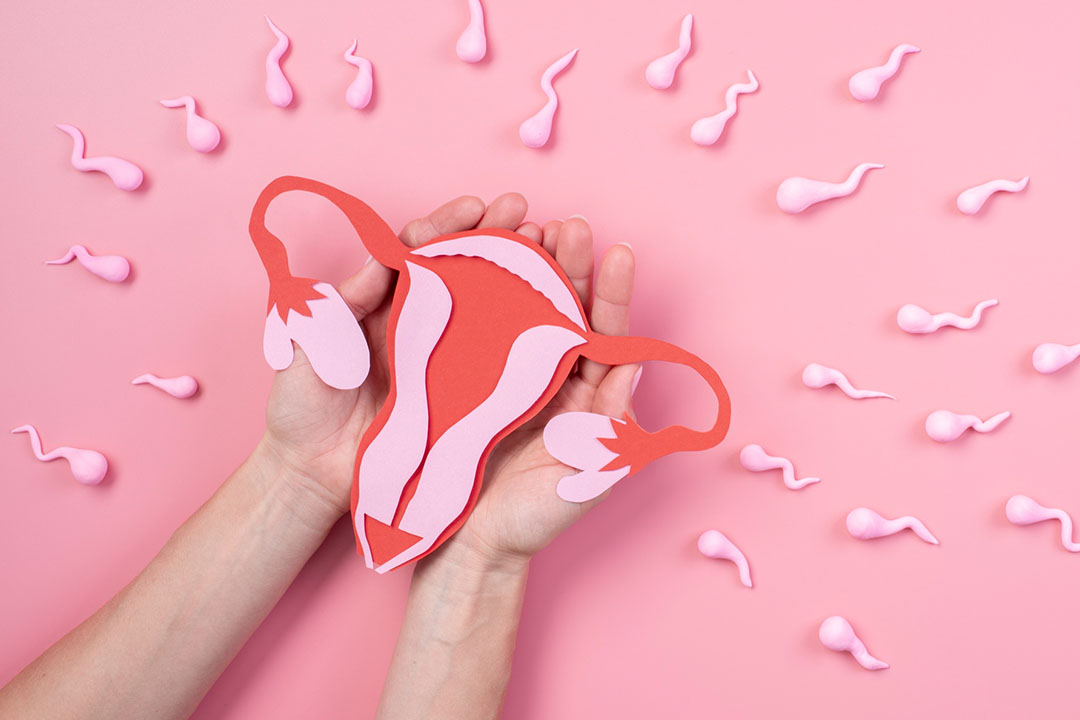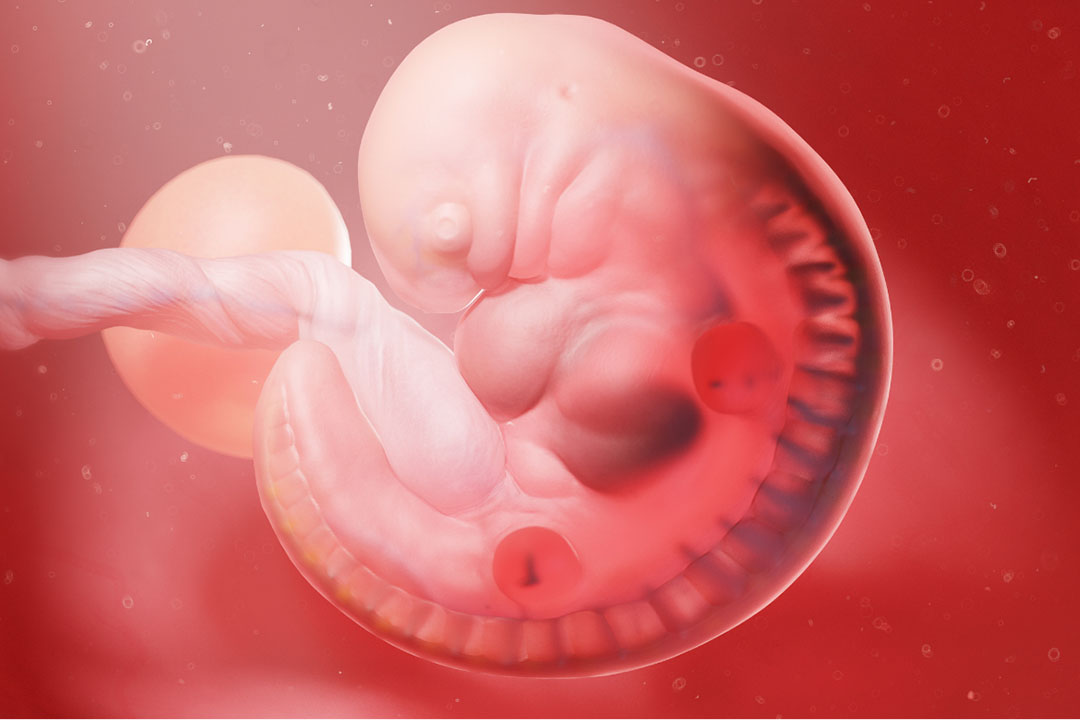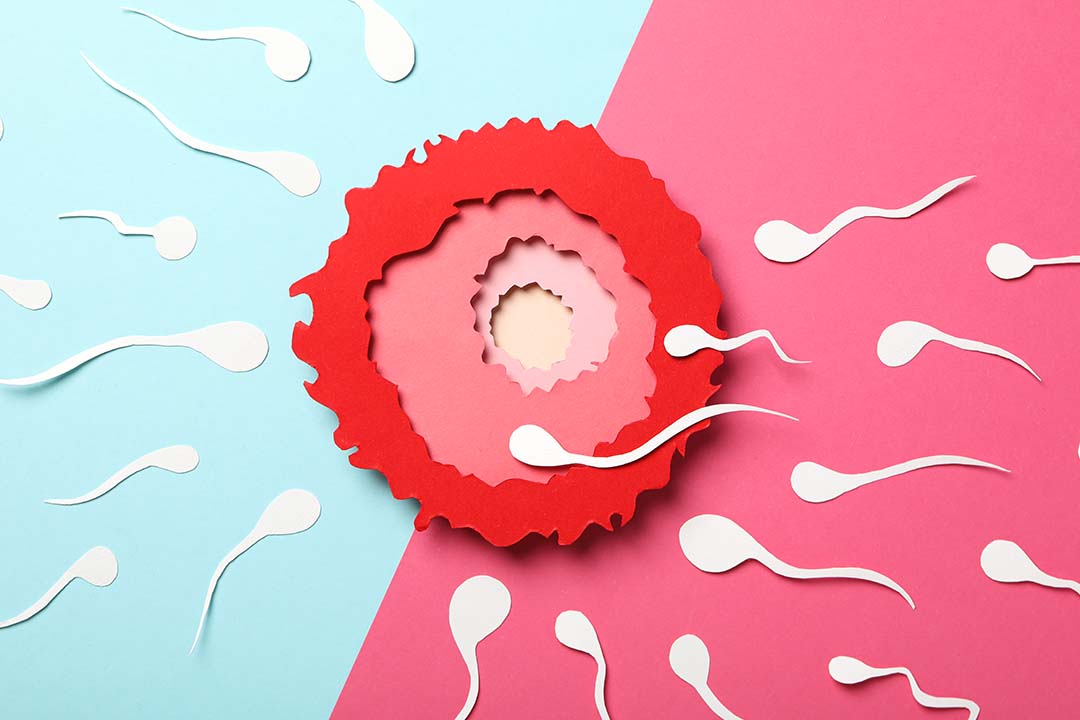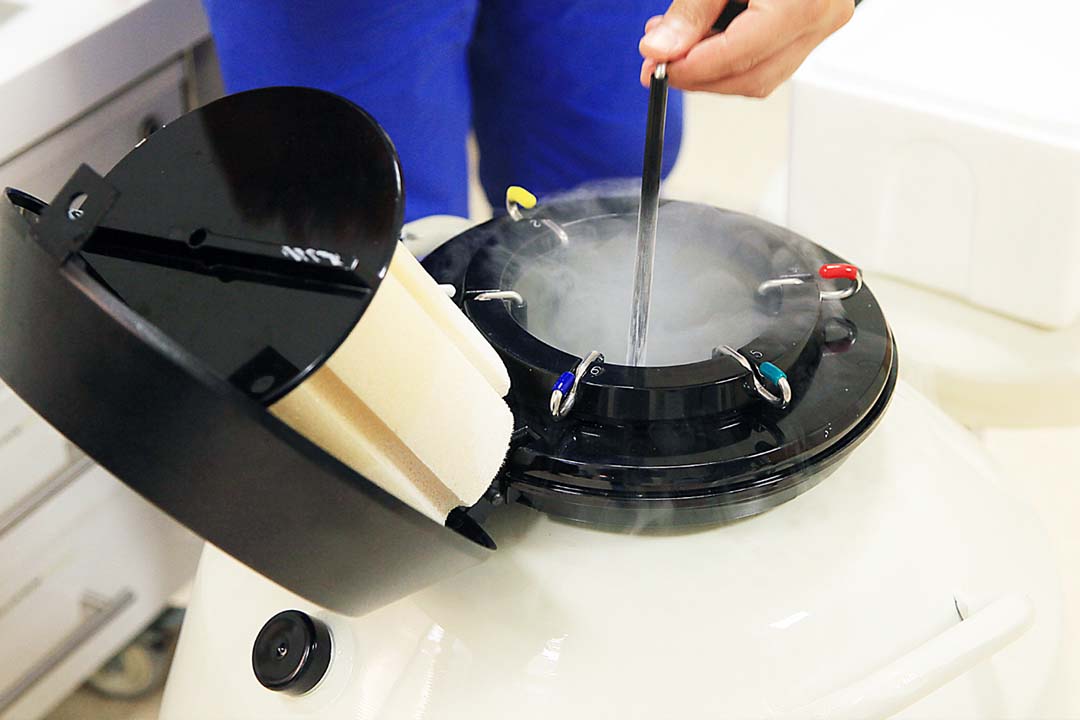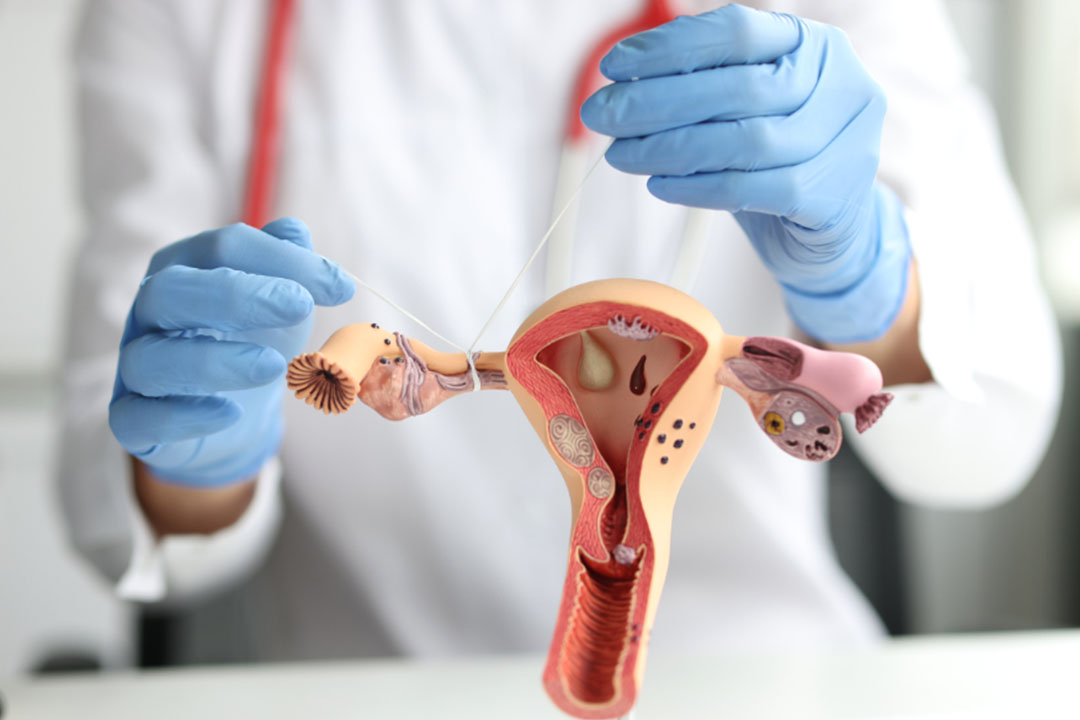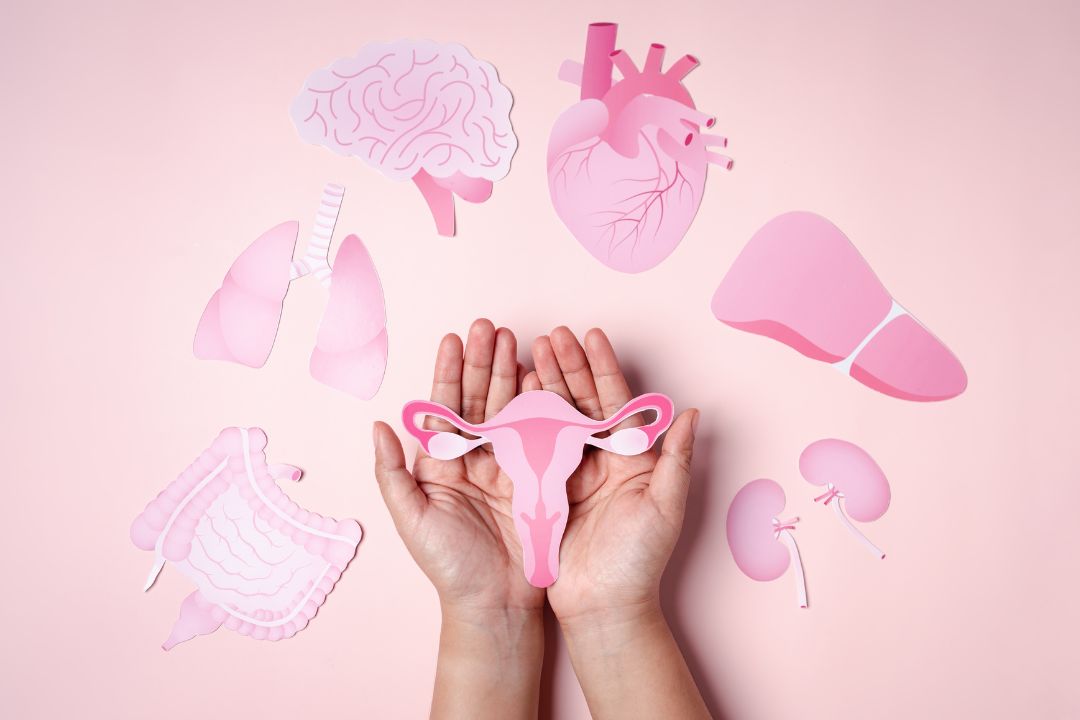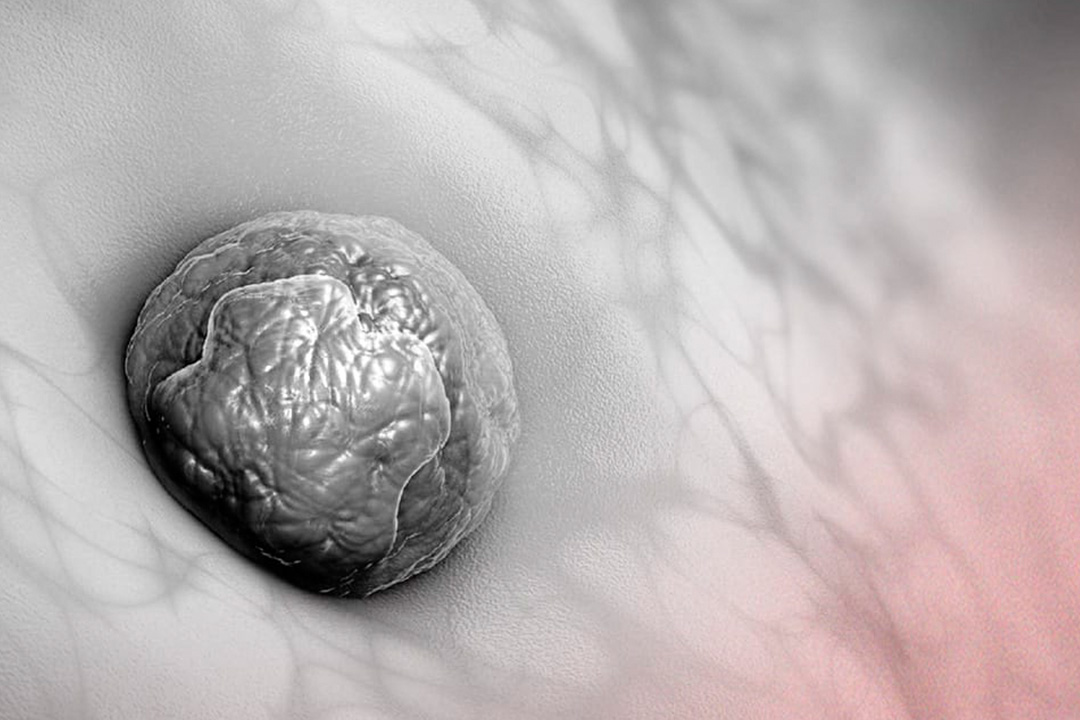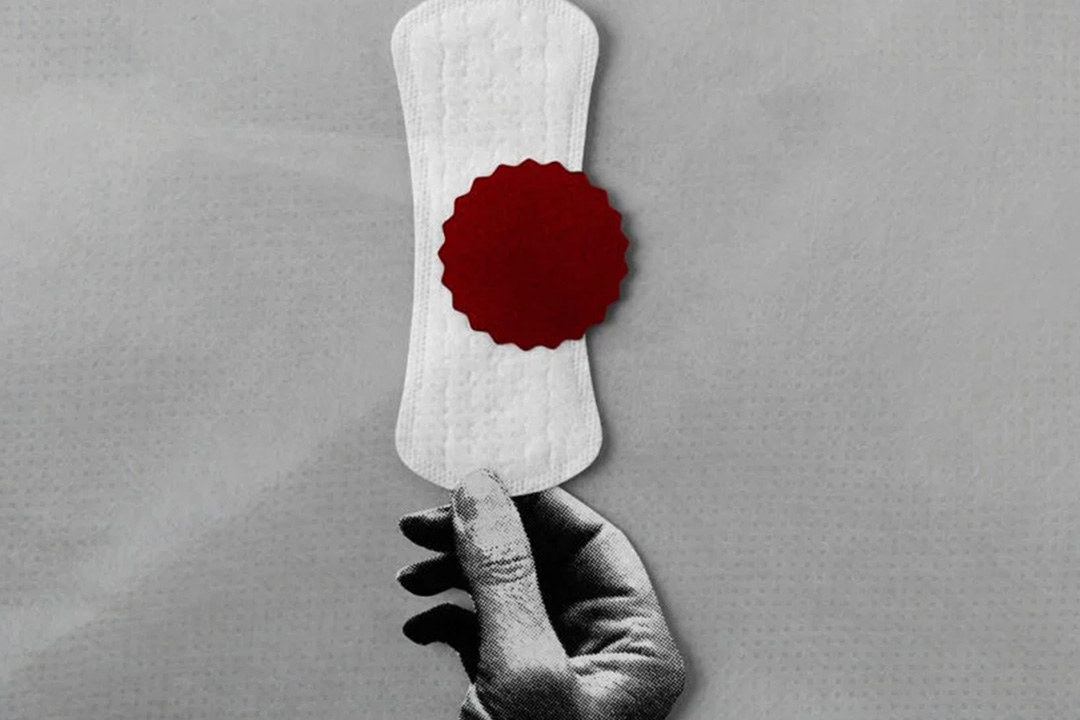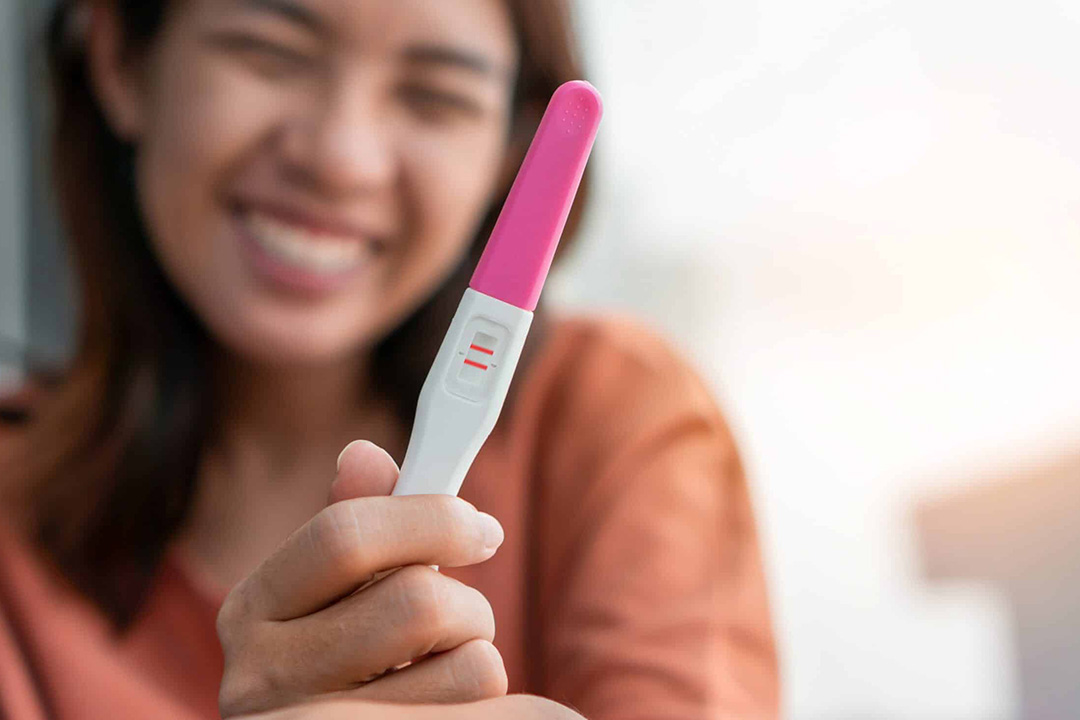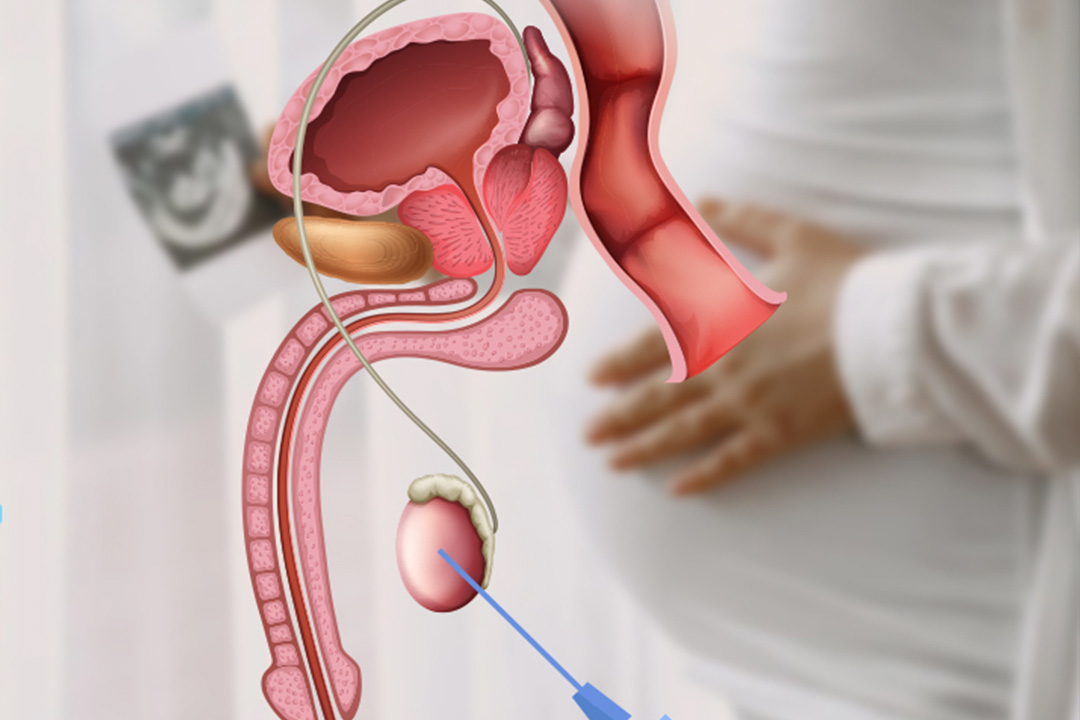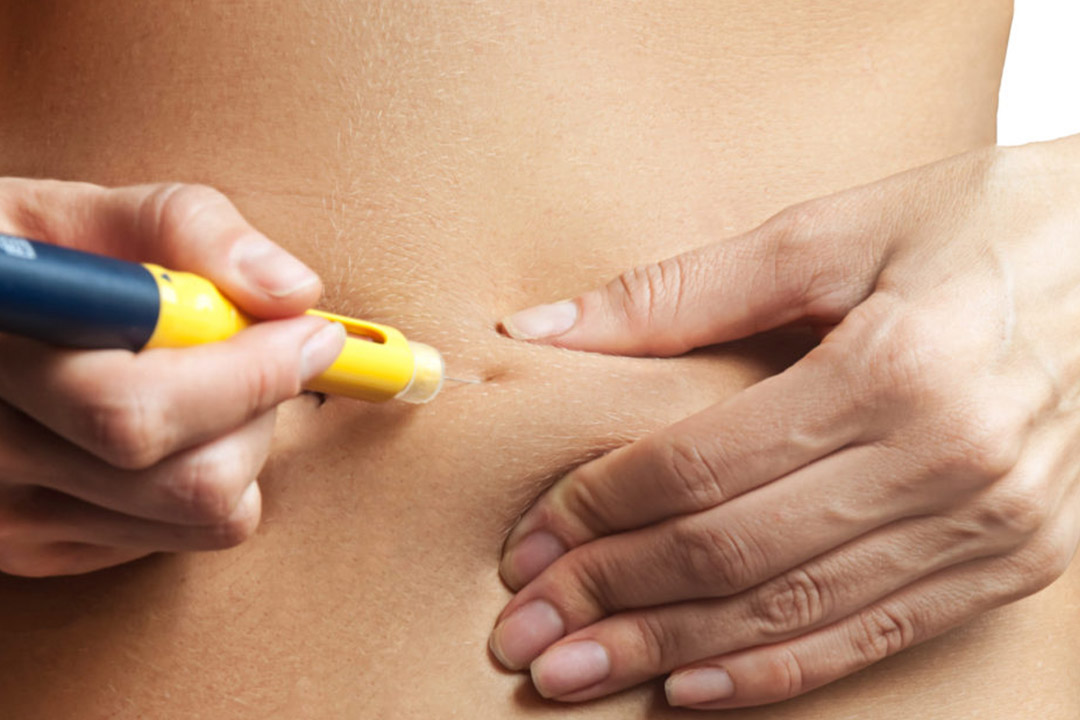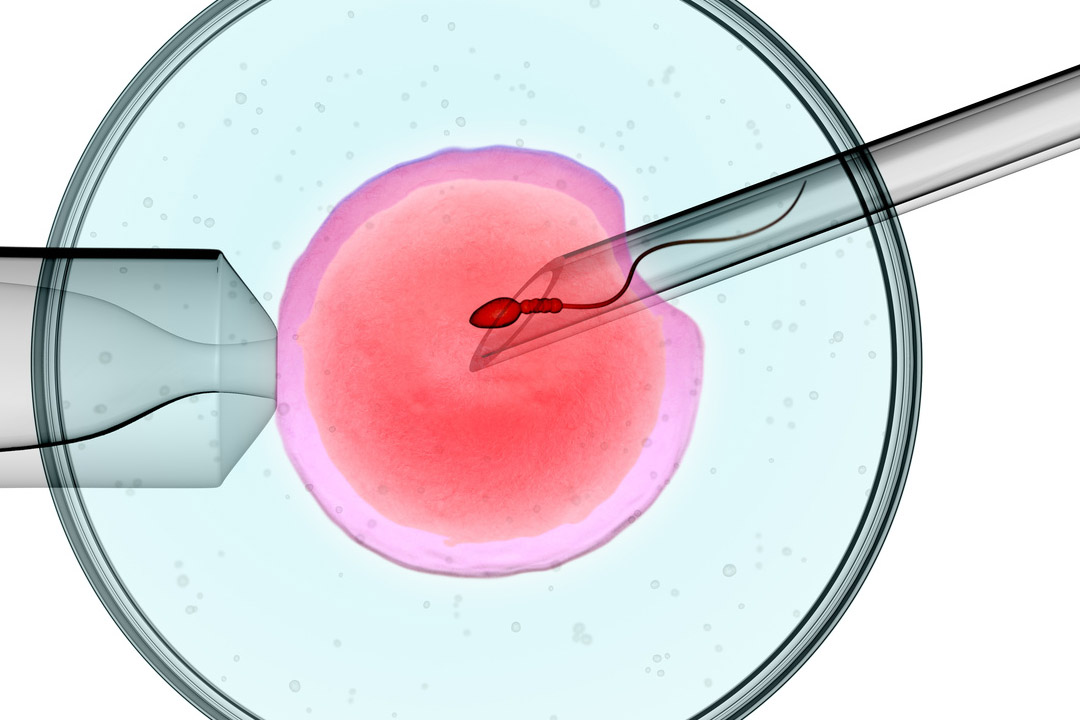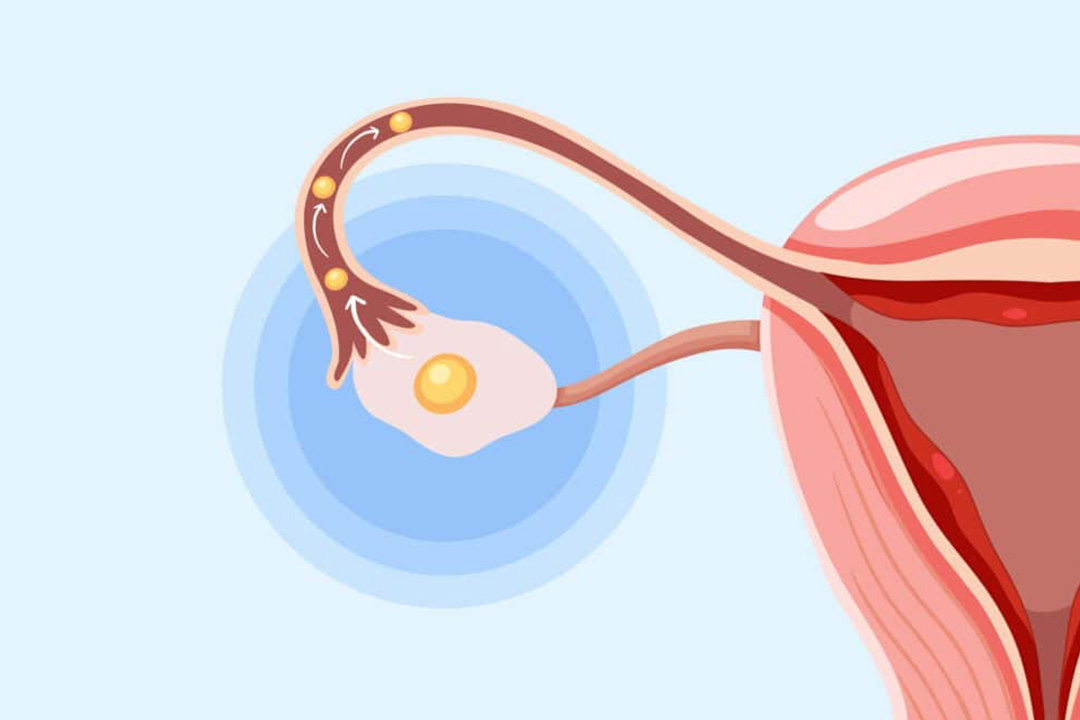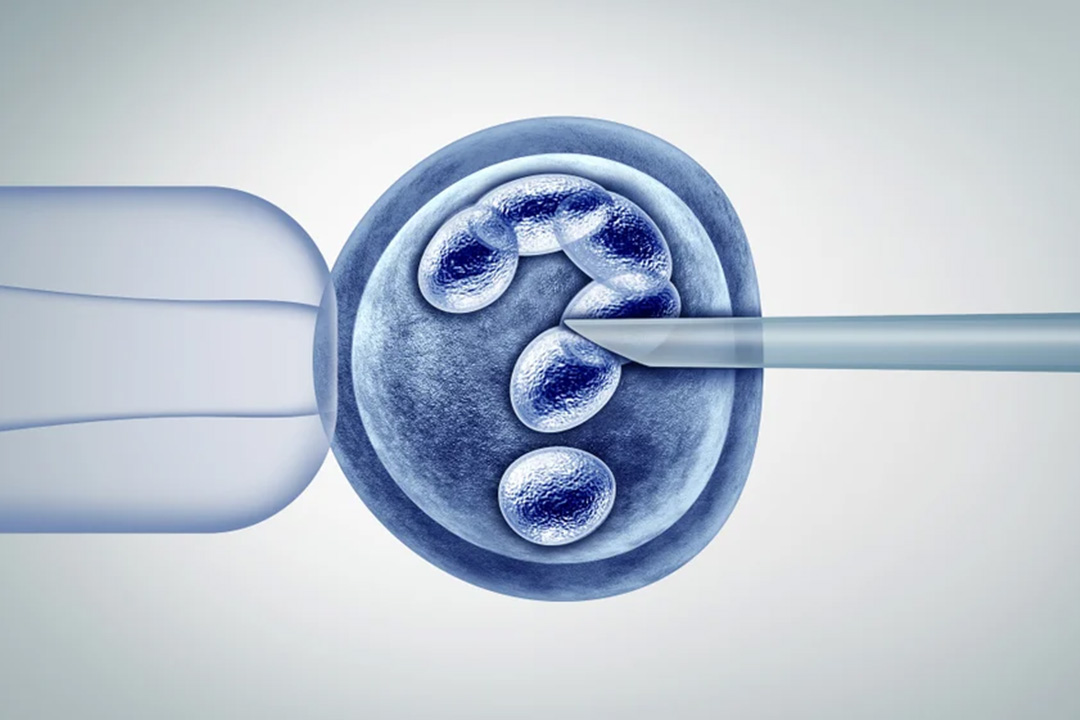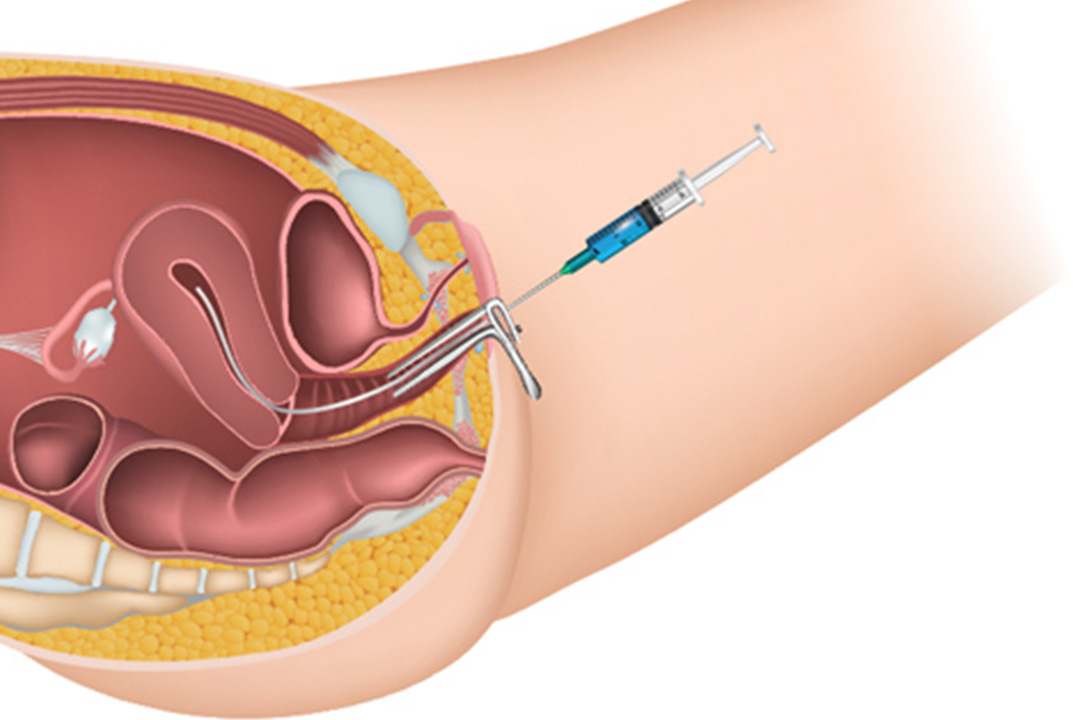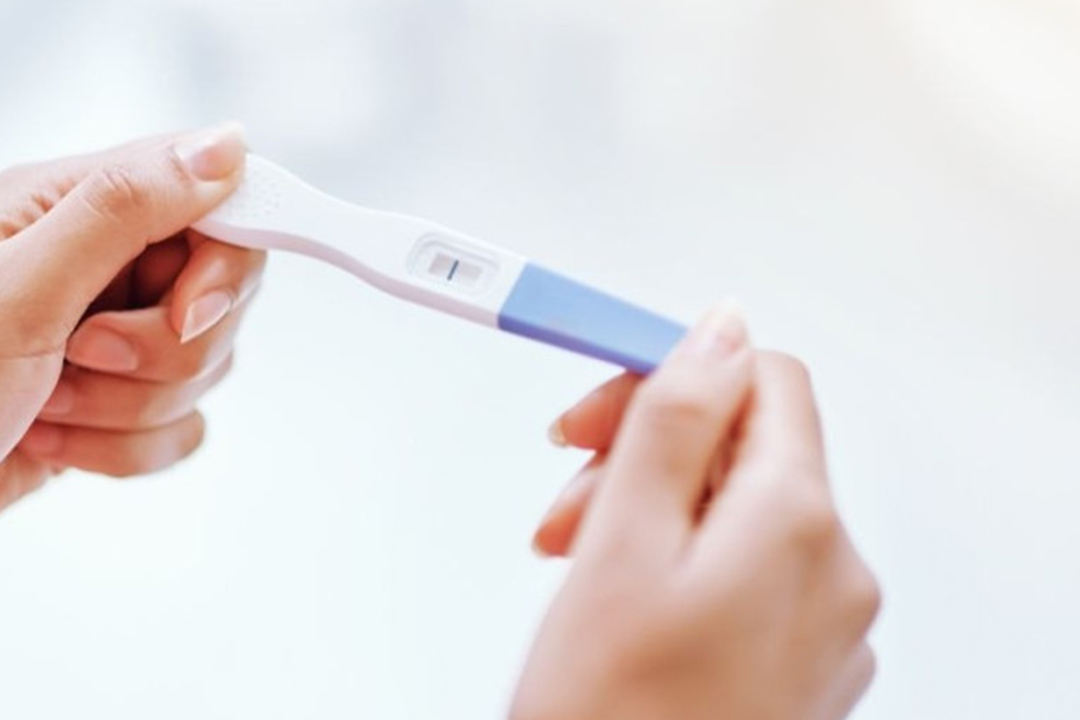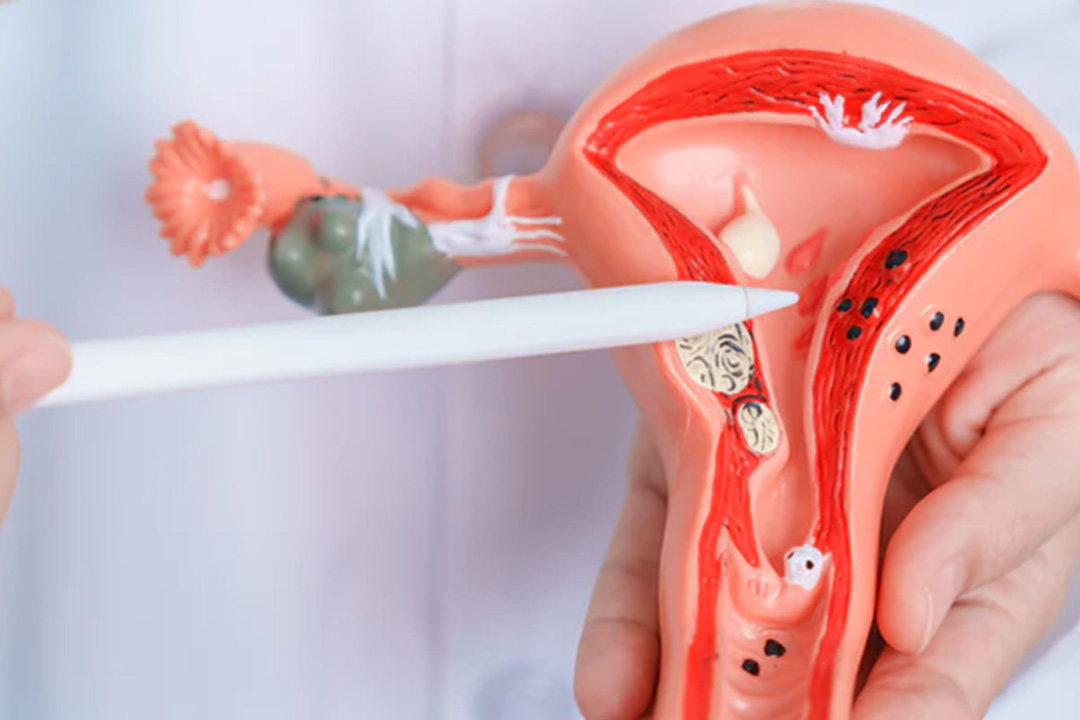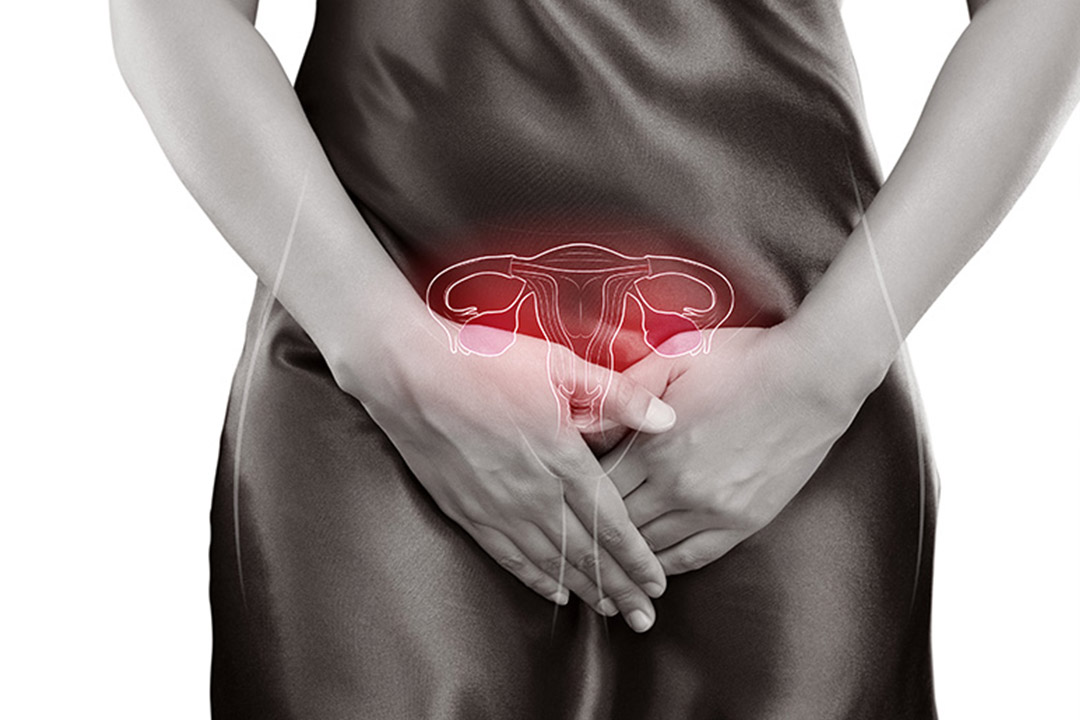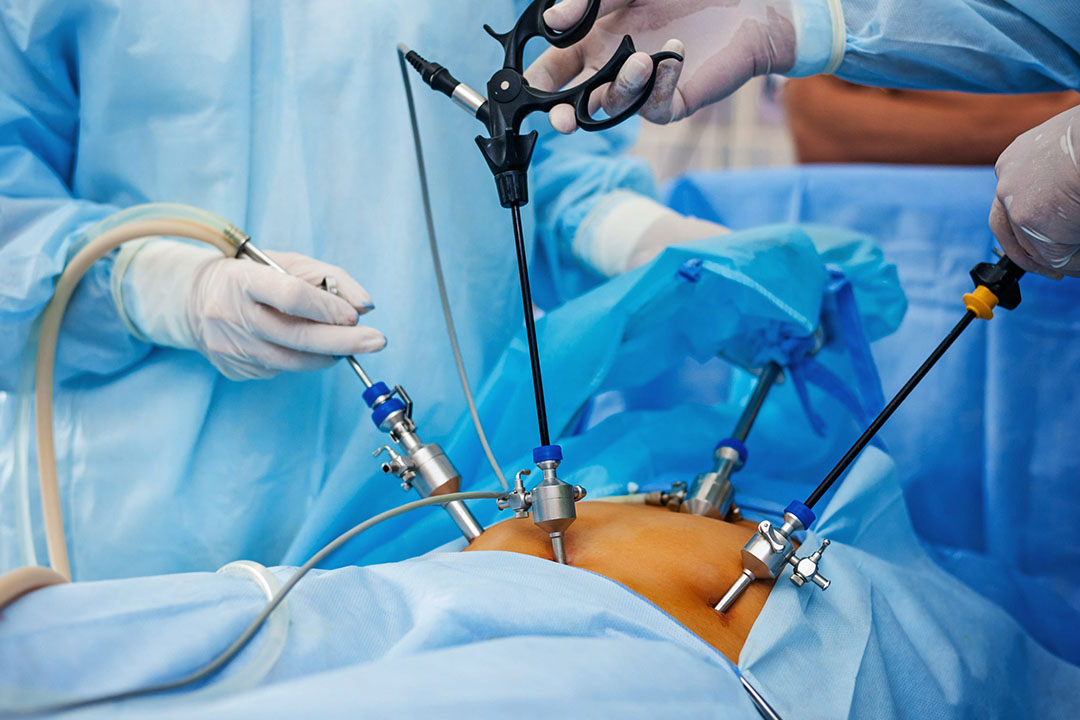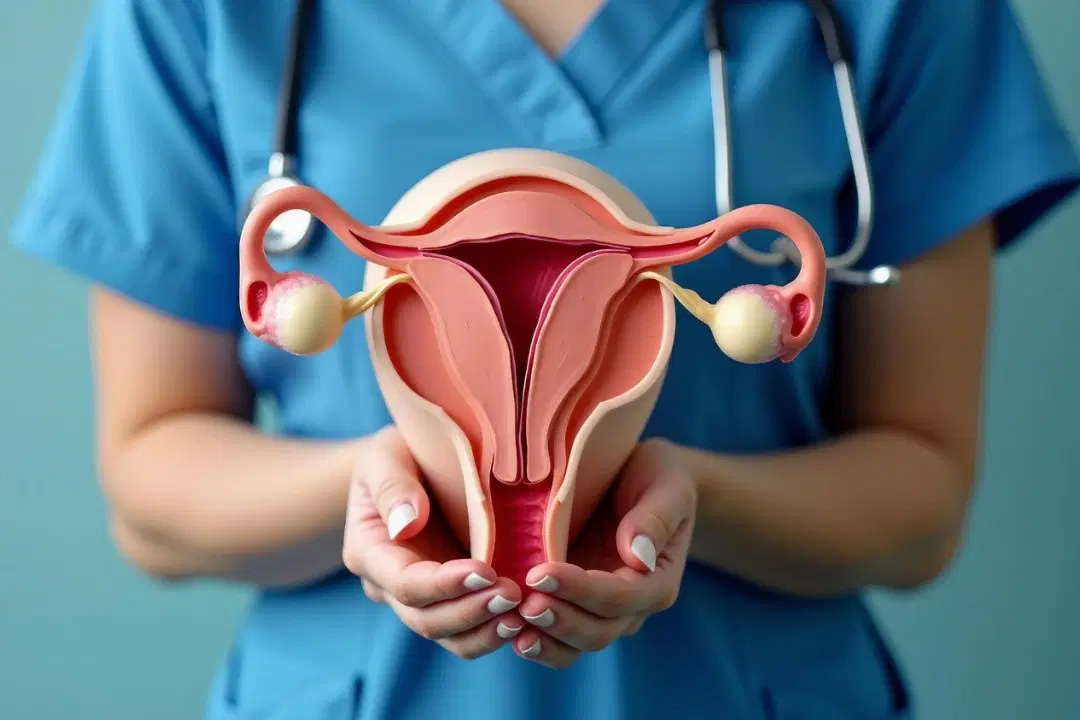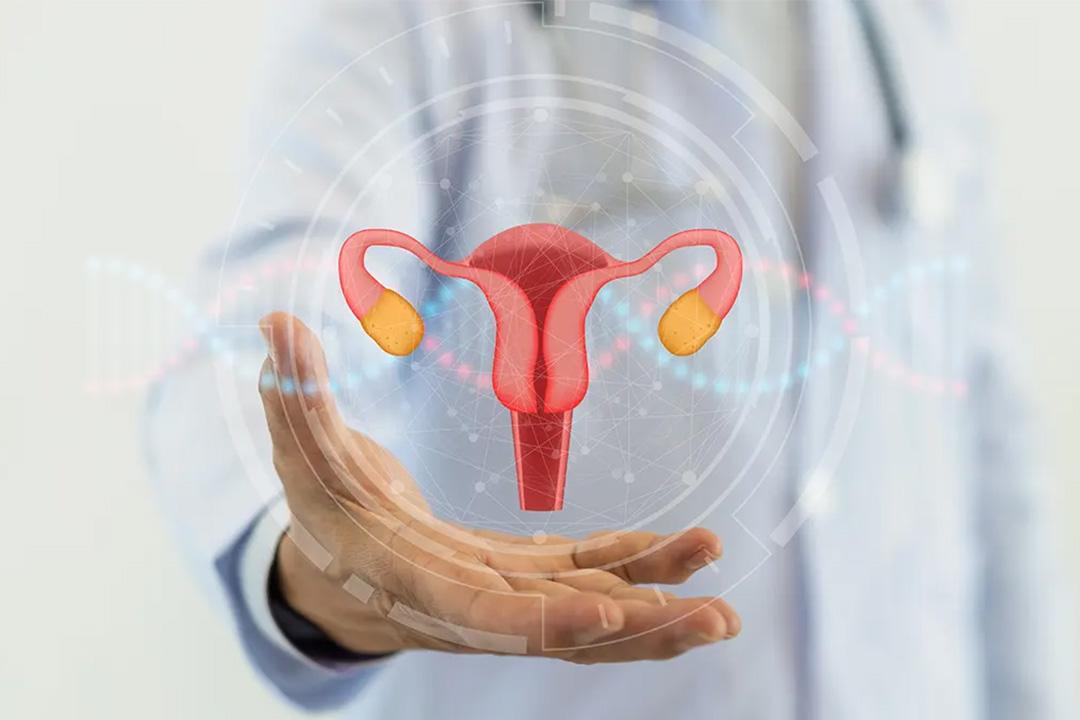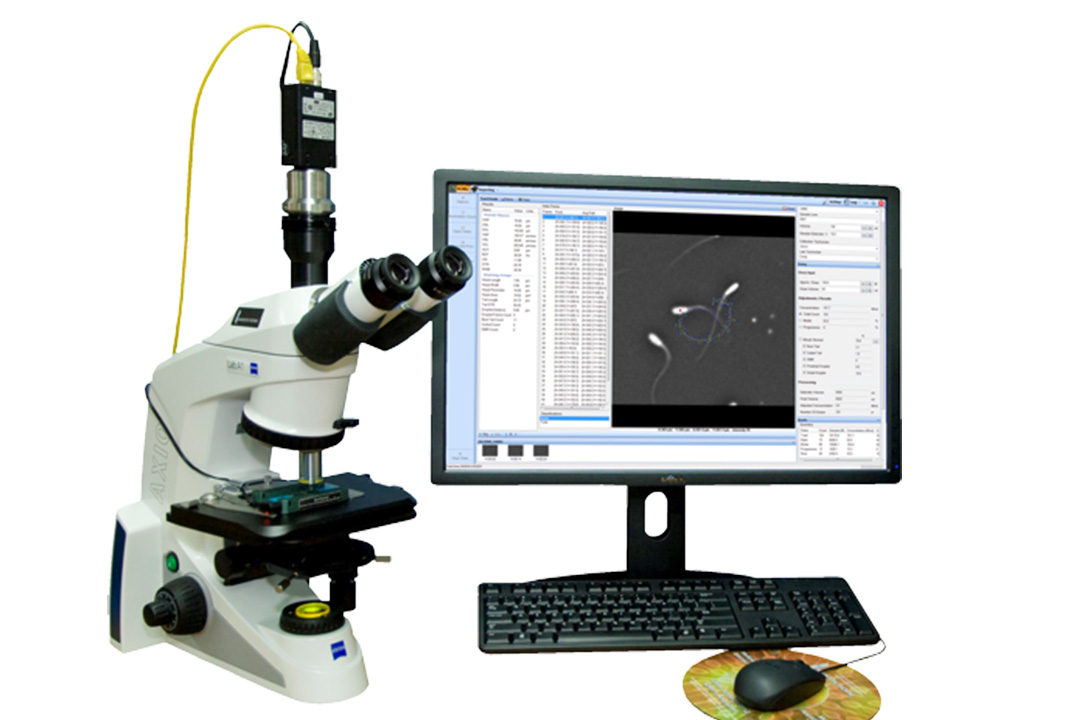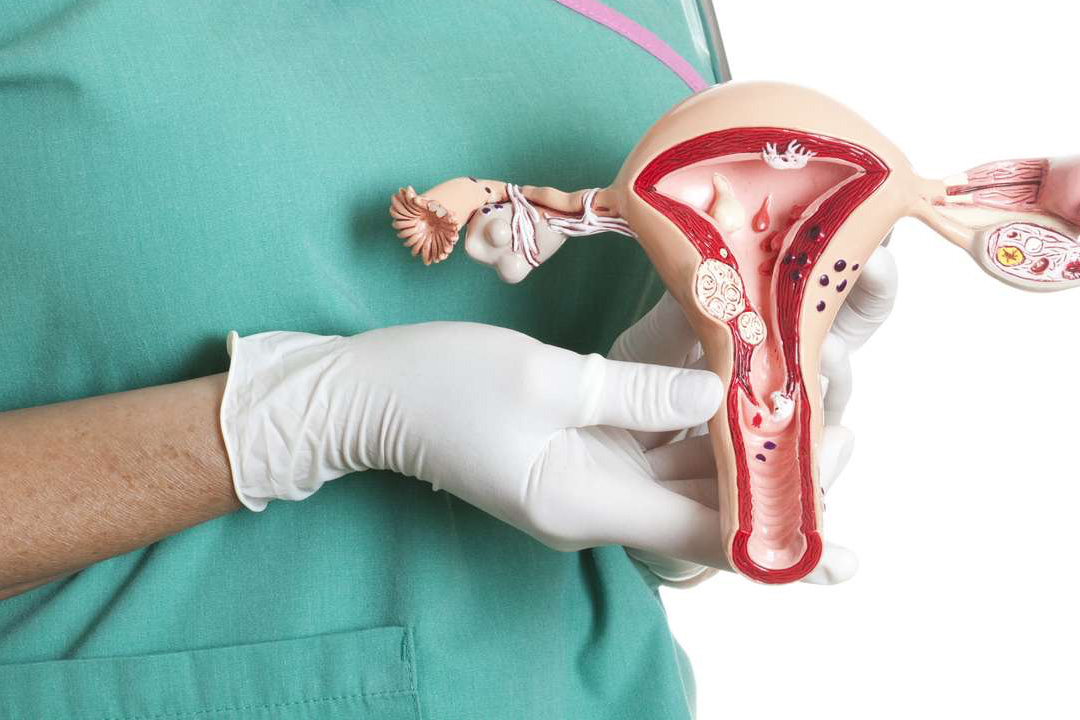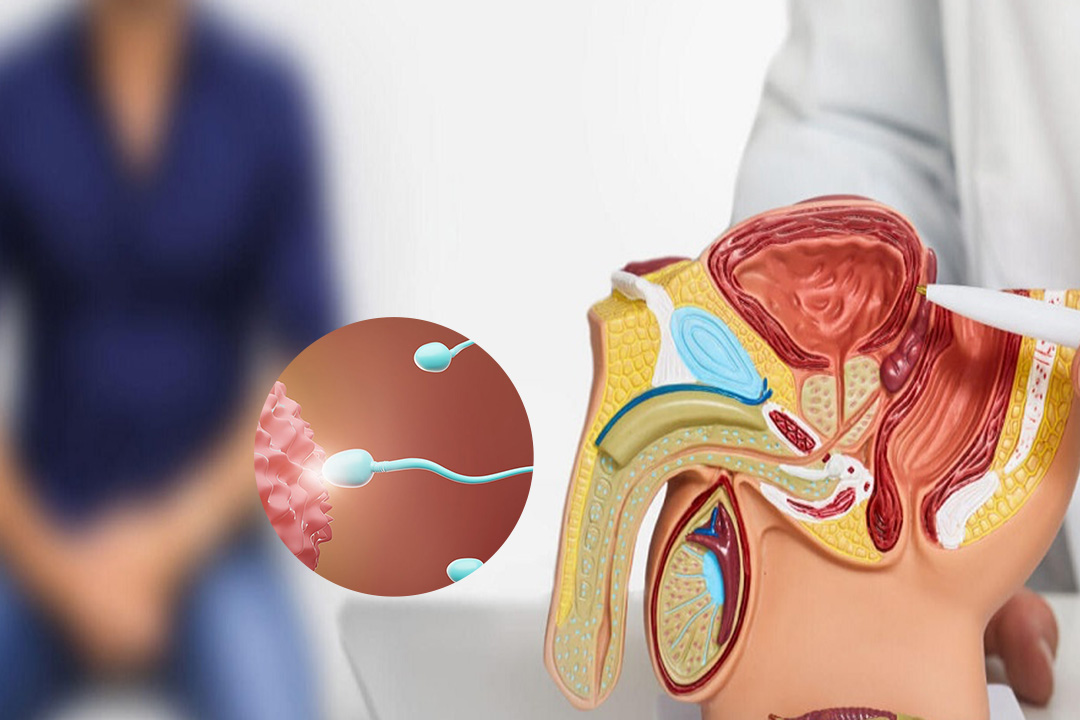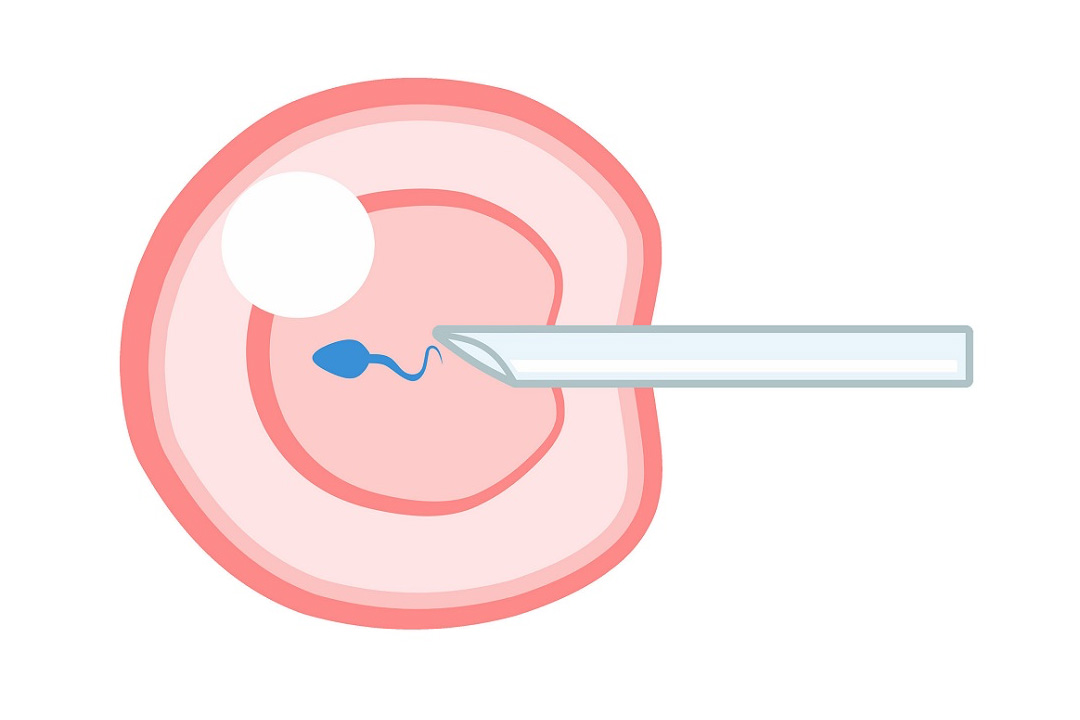What is a Cornual Block? Everything You Need to Know
The journey to parenthood is a mix of excitement, anticipation, and sometimes a few unexpected hurdles. For many couples, fertility challenges add another layer to this emotional process. One condition that can complicate matters is a cornual block—a blockage that specifically affects the upper portion of the fallopian tubes.
In this article, we’ll take a closer look at what a cornual block is, how it can affect your ability to conceive, and the various ways doctors diagnose and treat this condition.
What Are the Fallopian Tubes and Why Do They Matter?
The fallopian tubes are the narrow passageways that transport the egg from the ovary to the uterus. During each menstrual cycle, an egg is released from the ovary and begins its journey through one of these tubes. It is usually within the fallopian tube that fertilization occurs, when a sperm meets the egg. Once fertilized, the egg travels into the uterus, where it ideally implants and grows.
Any disruption along this pathway can interfere with the process. When a blockage occurs in the fallopian tubes, it prevents the egg and sperm from meeting. A cornual block happens right at the upper end of the fallopian tube, near where it connects to the uterus. It can significantly impact the chances of natural fertilization.
Defining a Cornual Block
A cornual block is essentially an obstruction in the section of the fallopian tube that connects directly to the uterus—often referred to as the cornua. This type of blockage stops the egg from entering the tube, which means that fertilization is less likely to happen in the first place.
The causes behind a cornual block can vary, ranging from past infections that left behind scar tissue to structural abnormalities in the reproductive tract. When both fallopian tubes are affected by cornual blocks—a situation known as a bilateral cornual block—the challenge of conceiving becomes even more pronounced.
Recognizing When Fallopian Tubes Might Be Blocked
Blocked fallopian tubes can be a tricky issue because they don’t always come with clear symptoms. Many women might not even realize there’s a problem until they’ve been trying to get pregnant for a while. However, there are some signs that could indicate an issue, such as:
- Persistent pelvic pain that doesn’t go away
- Irregular or unusually painful menstrual cycles
- Difficulties in conceiving despite having regular, unprotected intercourse
Because these symptoms can also be linked to other health concerns, it’s really important to have a thorough medical evaluation if you suspect something might be off with your reproductive system.
Common Causes of Fallopian Tube Blockages
Several factors can lead to blockages in the fallopian tubes. Here are some of the common culprits:
- Pelvic Inflammatory Disease (PID): Infections in the pelvic area can result in scarring and inflammation, which may block the tubes.
- Endometriosis: This condition involves the growth of uterine tissue outside the uterus, which can sometimes interfere with the normal function of the tubes.
- Sexually Transmitted Infections (STIs): Infections such as chlamydia and gonorrhea are known to cause inflammation that may lead to scarring in the tubes.
- Previous Pelvic Surgery: Any surgery in the pelvic region can leave behind adhesions (bands of scar tissue) that block the fallopian tubes.
- Uterine Fibroids: Although benign, fibroids can sometimes press against the tubes, hindering the egg’s passage.
- Salpingitis Isthmica Nodosa: This is a rare inflammatory condition that specifically affects the cornual region, potentially leading to a cornual block.
How Does a Cornual Block Affect Fertility?
A cornual block can make a big difference in your ability to conceive. Because the blockage stops the egg from entering the fallopian tube, the chance for the egg and sperm to meet is greatly reduced.
Even if fertilization somehow occurs in another part of the tube, the cornual block might still prevent the fertilized egg from being properly transported to the uterus, where it needs to implant.
In some cases, the blocked tube may also cause a build-up of fluids, leading to discomfort and additional complications. Overall, the natural process of conception is disrupted, making it more challenging for couples to achieve a successful pregnancy without medical intervention.
How Doctors Diagnose a Cornual Block
When it comes to treating a cornual block, an accurate diagnosis is the first step. Fortunately, there are several methods that doctors use to determine if and where a blockage is present:
Hysterosalpingogram (HSG)
One of the most common diagnostic tests is the hysterosalpingogram. During an HSG, a special contrast dye is injected into the uterus and fallopian tubes, and X-ray images are taken. These images show whether the dye moves freely through the tubes or if it’s stopped by an obstruction at the cornual region.
Transvaginal Ultrasound
While a standard ultrasound might not always pick up on issues with the fallopian tubes, more advanced techniques—such as saline infusion sonohysterography (SIS) or 3D ultrasound—can provide detailed images of the reproductive organs. These methods can help detect abnormalities, including cornual blocks, that might otherwise be missed.
Laparoscopy
Laparoscopy is a minimally invasive surgical procedure where doctors insert a small camera through a tiny incision to directly observe the pelvic organs. This procedure is not only useful for diagnosing a cornual block but can also offer the opportunity to treat the problem during the same surgery. Laparoscopy is often recommended if other tests suggest that a tubal blockage might be present.
Other Imaging Techniques
In more complex cases, doctors might also use magnetic resonance imaging (MRI) or other advanced imaging techniques. These methods provide a detailed view of the reproductive structures and help confirm the diagnosis, ensuring that the treatment plan is as effective as possible.
Treatment Options for Cornual Block
Once a cornual block is diagnosed, the next step is determining the best treatment plan. The options depend on several factors, including the severity of the blockage, its underlying cause, and the couple’s overall fertility goals. Here are some common approaches:
Tubal Cannulation
Tubal cannulation is a procedure that involves threading a tiny catheter into the blocked tube to try to clear the obstruction. This method is often effective if the blockage is due to minor scarring or inflammation. The aim is to reopen the tube so that the egg can travel normally.
Laparoscopic Surgery
For more severe cases of blockage, laparoscopic surgery may be the preferred option. During this procedure, surgeons make small incisions and use specialized instruments to remove scar tissue or adhesions that are causing the block. One of the benefits of laparoscopic surgery is that it usually involves a shorter recovery period and less post-operative discomfort compared to open surgery.
In Vitro Fertilization (IVF)
In situations where the blockage is extensive, especially if both tubes are affected—or if other fertility issues are present, IVF might be recommended. IVF bypasses the fallopian tubes entirely by fertilizing the egg in a lab, and then transferring the resulting embryo directly into the uterus.
Combination Treatments
Sometimes, a combination of treatments is the best approach. For example, a woman might first undergo laparoscopic surgery to remove the blockage and then try IVF if natural conception continues to be a challenge. Each treatment plan is personalized, taking into account the specific circumstances and goals of the couple.
The Importance of Early Diagnosis
Detecting a cornual block early on can make a significant difference in treatment outcomes. The sooner a blockage is identified, the more options you have for restoring normal function in your fallopian tubes. Early intervention not only increases the chance of conceiving naturally but also boosts the success rates of assisted reproductive technologies if they become necessary.
Regular gynecological checkups and fertility evaluations are especially important if you have been trying to conceive without success for an extended period. By addressing issues early, you can reduce both the emotional and financial stresses associated with prolonged infertility.
Conclusion
A cornual block is a specific type of obstruction in the fallopian tubes that can pose significant challenges for couples trying to conceive. A cornual block disrupts the natural process of fertilization and can lead to infertility.
Thankfully, there are several treatment options available. From less invasive procedures like tubal cannulation and laparoscopic surgery to assisted reproductive technologies such as IVF, doctors have multiple ways to help restore fertility. In addition, supportive lifestyle changes—such as maintaining a healthy diet, exercising regularly, managing stress, and avoiding harmful habits can further improve your reproductive health.
About Us
AKsigen IVF is a premier center for advanced fertility treatments, with renowned fertility experts on our team. Specializing in IVF, ICSI, egg freezing, and other cutting-edge reproductive technologies, AKsigen IVF is committed to helping couples achieve their dream of parenthood. With personalized care and a patient-first approach, AKsigen IVF provides comprehensive fertility solutions under one roof.





